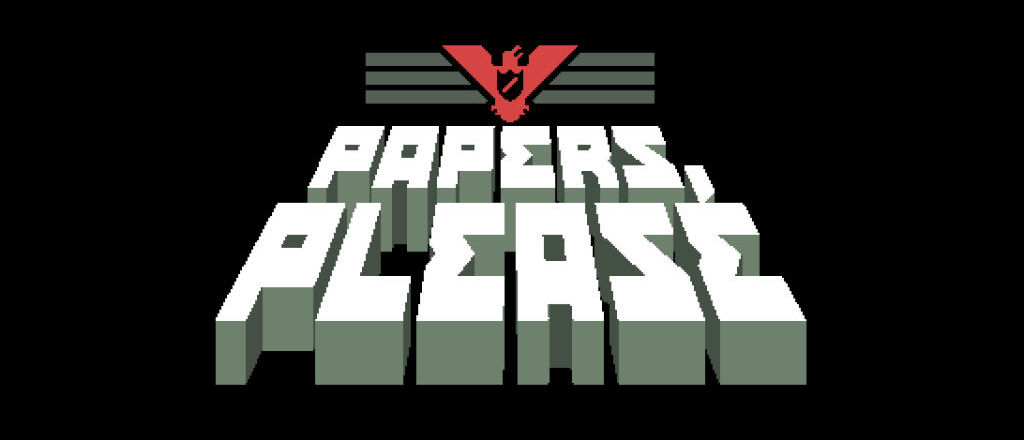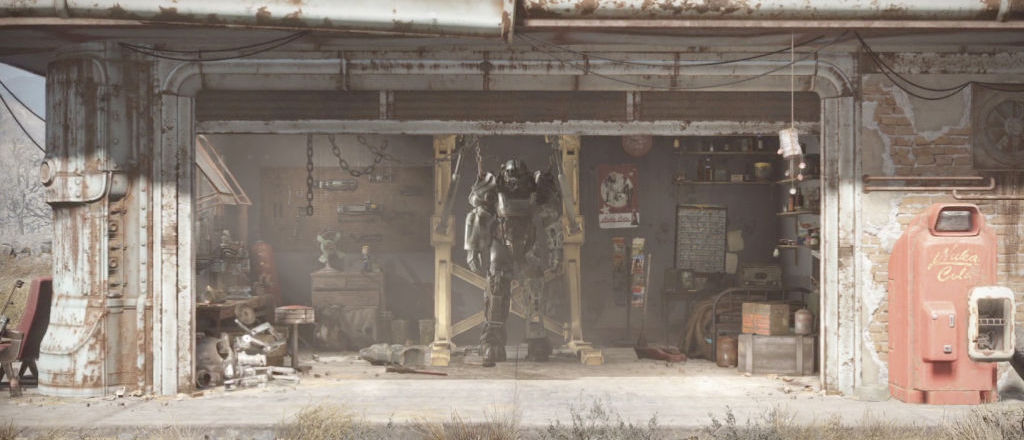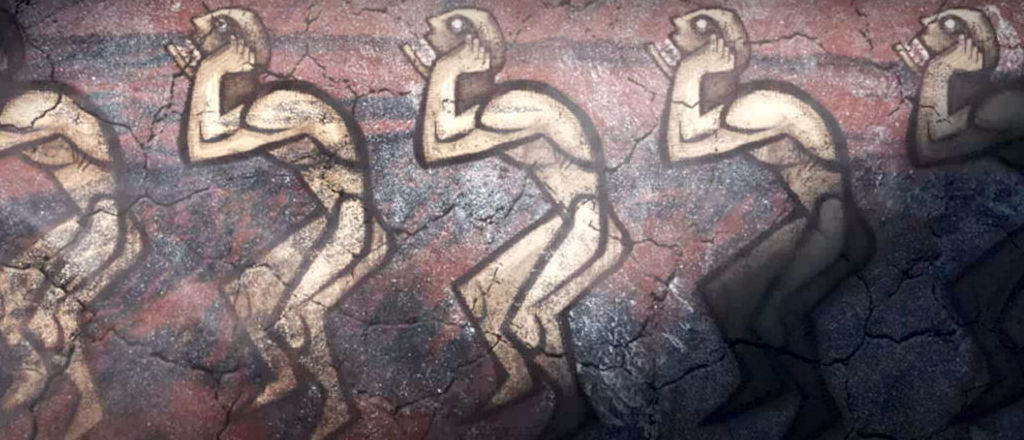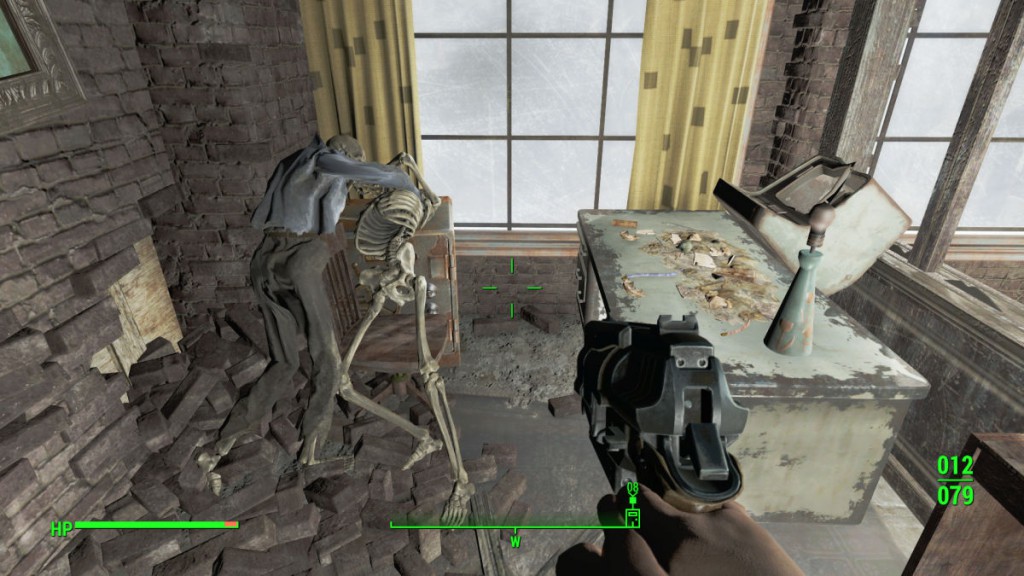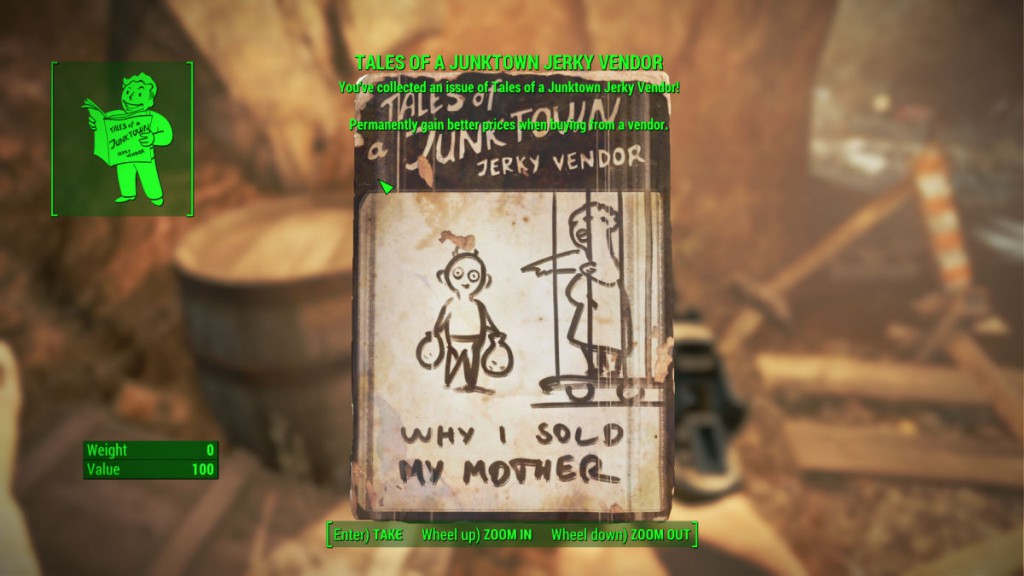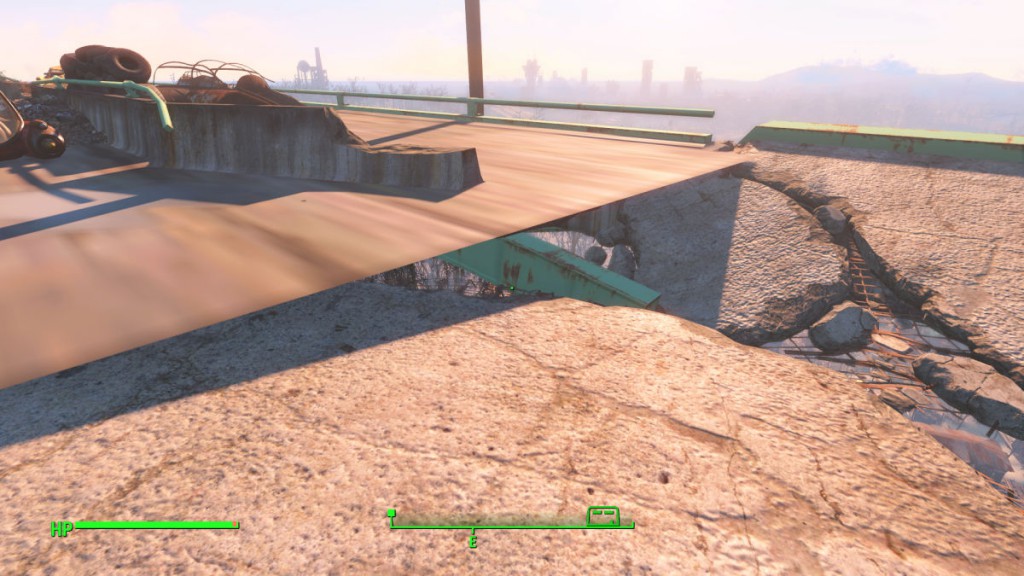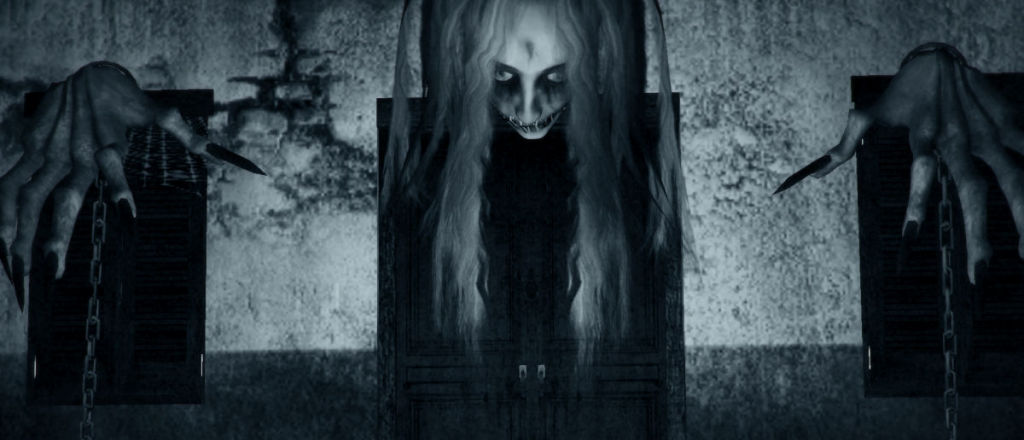Developer: Lucas Pope | Released: 2013 | Genre: Simulation, Puzzle
This was a mix of a simulation and a puzzle game as an immigration officer at a border checkpoint for the fictitious country of Arstotzka in 1982. Inspecting the passports and papers of the arrivals from a massive queue was split up in days. In between a family had to be supported with the income, and if I had too many validation errors then maybe they would starve, be cold, or even die.
On various new days there were a change of rules, possibly introducing a new tool. Sometimes it was just additional papers, at other times confiscating passports, detaining, searching for hidden weapons after a couple of snapshots, even using a key to open a locker with a weapon and shooting a runner.
I didn’t expect this one to grab me as much as it did. Normally I’m not always keen on these simulation kind of games, and I had prepared myself for one of those that I played for one hour (the unwritten backlog rule) and then abandoned. I even selected easy mode with an additional income to avoid having to break too much of a sweat supporting my family. But within just a few minutes I was really hooked.
One reason was the terrific atmosphere – the dark, dystopian scenario, with perfect muffled talk sounds. Another reason was that checking up on details in passports, papers and fingerprints spoke to my tad of a perfectionist gene that I made good use of in my 12 years as a software tester. Not that I didn’t get quite a few error receipts. Sometimes the game did feel a bit unfair as if it wanted me to be downright wrong about a decision no matter what I chose. But that feeling of nailing a wrong piece of information and maybe even detaining someone, it was mysteriously fascinating.


